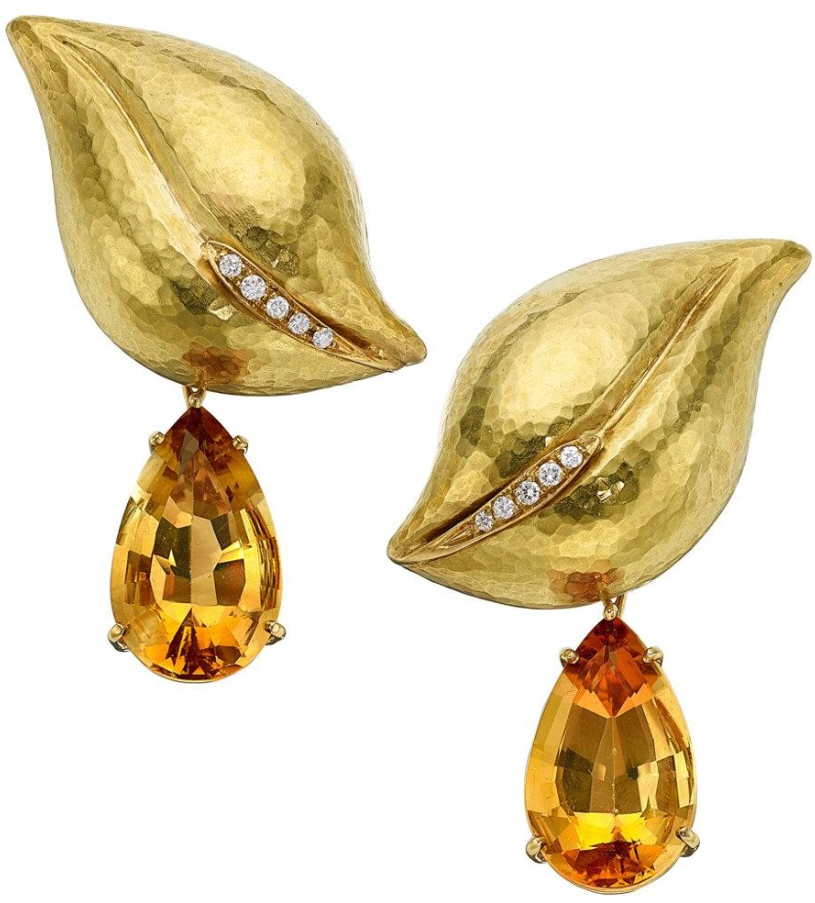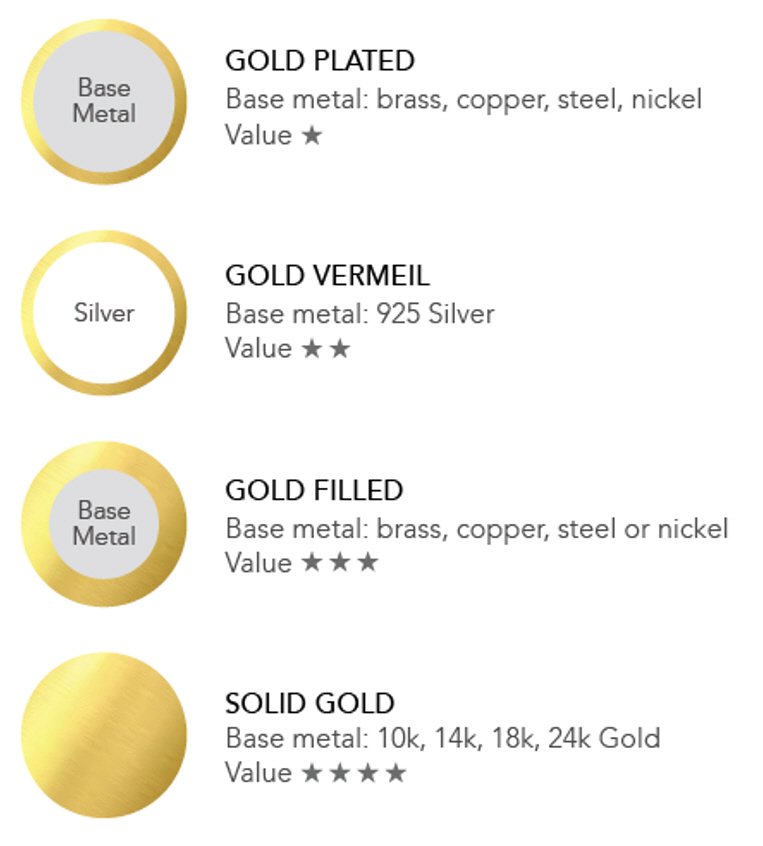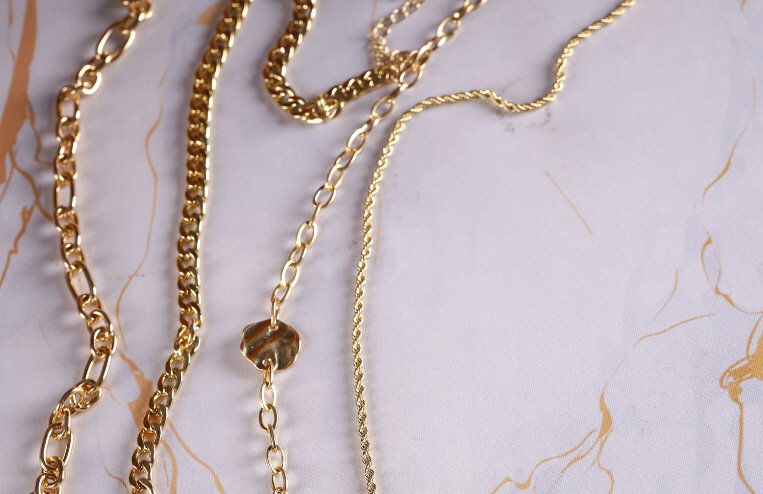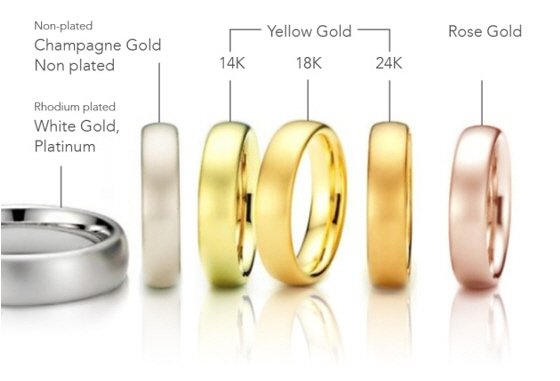
1980s Jewelry: Bold, Empowering, and Postmodern Designs
The 1980s were marked by significant societal changes, including the increased presence of women in the workforce and the rise of more inclusive, diverse fashion trends. As incomes and living standards improved, jewelry design shifted to reflect these broader social transformations. Jewelry in this era became more than just adornment—it became a symbol of empowerment and a tool for self-expression.
Empowerment Through Jewelry: As women broke through societal boundaries and entered the workforce, jewelry became a powerful medium for expressing “the voice of women.” Pieces were designed to reflect confidence, independence, and strength, moving beyond traditional notions of decoration.
Maximalism and Postmodernism: The 1980s saw a departure from the minimalist aesthetic of previous decades. Jewelry became larger, bolder, and more extravagant, embracing maximalism. This included chunky, oversized designs, such as large statement rings, earrings, and necklaces. The Postmodern era rejected traditional beauty standards and celebrated more eclectic, surreal, and sometimes whimsical combinations—featuring elements like Rococo-inspired floral patterns, bright ribbons, and Venetian masks.
Diverse Materials: Designers experimented with unconventional materials, such as plastic, synthetic gemstones, and metallic elements, making jewelry even more dramatic and dynamic. The use of these materials allowed for larger, more colorful pieces, which were often flashy and extravagant. Classic items like large hoop earrings and pearls were reinterpreted with a contemporary twist.
Pop Art Influence: The younger generation, inspired by Pop Art and modern culture, sought to reinterpret vintage styles like Art Nouveau and Art Deco. These influences were combined with bold new elements to create jewelry that was both nostalgic and modern. Designers embraced bright, striking color schemes and innovative shapes, reflecting the vibrant energy of the time.
Paloma Picasso and Iconic Designers: Paloma Picasso, daughter of Pablo Picasso, became a renowned designer in the 1980s, collaborating with Tiffany & Co. Her work, which was inspired by architecture, landscapes, and Moroccan culture, featured bold, geometric designs and vibrant colored gemstones. Her designs became iconic representations of the era’s artistic and cultural movements.
<Faye Dunaway, Butler & Wilson, 1980>
Faye Dunaway and Glamorous Jewelry: Hollywood stars like Faye Dunaway wore extravagant jewelry that reflected the bold, empowering spirit of the time. Designer brands such as Butler & Wilson created statement pieces that embodied the era’s affinity for larger-than-life fashion.
Art and Jewelry Fusion: The 1980s also saw an experimentations in blending fine art and jewelry design. Artists like Marjorie Schick explored the boundaries between sculpture and jewelry, creating experimental, artistic pieces that defied traditional conventions.
A Decade of Bold Self-Expression
The 1980s were an era of personal and artistic exploration, with jewelry at the forefront of social change. The designs of this time celebrated individuality, strength, and creativity, reflecting both the rapid cultural shifts and the influence of Pop Art, surrealism, and postmodernism. Jewelry became a bold statement, helping to express both personal style and broader social movements.

<Diamond 1.20ct & Citrine 32.00ct Earrings, Paloma Picasso, Tiffany & Co., 1980s>

<“Surface Made of Sticks,” 1980s Jewelry and Fine Art Experiment, Marjorie Schick, 1986>
*Surrealism
A literary and artistic movement that emerged in the early 20th century, aiming to break away from rationalism and naturalism. Surrealism sought to explore the world of irrational perception and the unconscious, attempting to revolutionize artistic expression by delving into dream-like, fantastical imagery and themes.
*Postmodernism
Postmodernism, or postmodernity, is a broad cultural, social, and artistic movement that emerged as a reaction against modernism. It challenges the ideals of modernism, questioning the notions of absolute truth, linear narratives, and universal values. Postmodernism embraces pluralism, irony, and relativism, often blending different styles and breaking traditional artistic and cultural boundaries.





